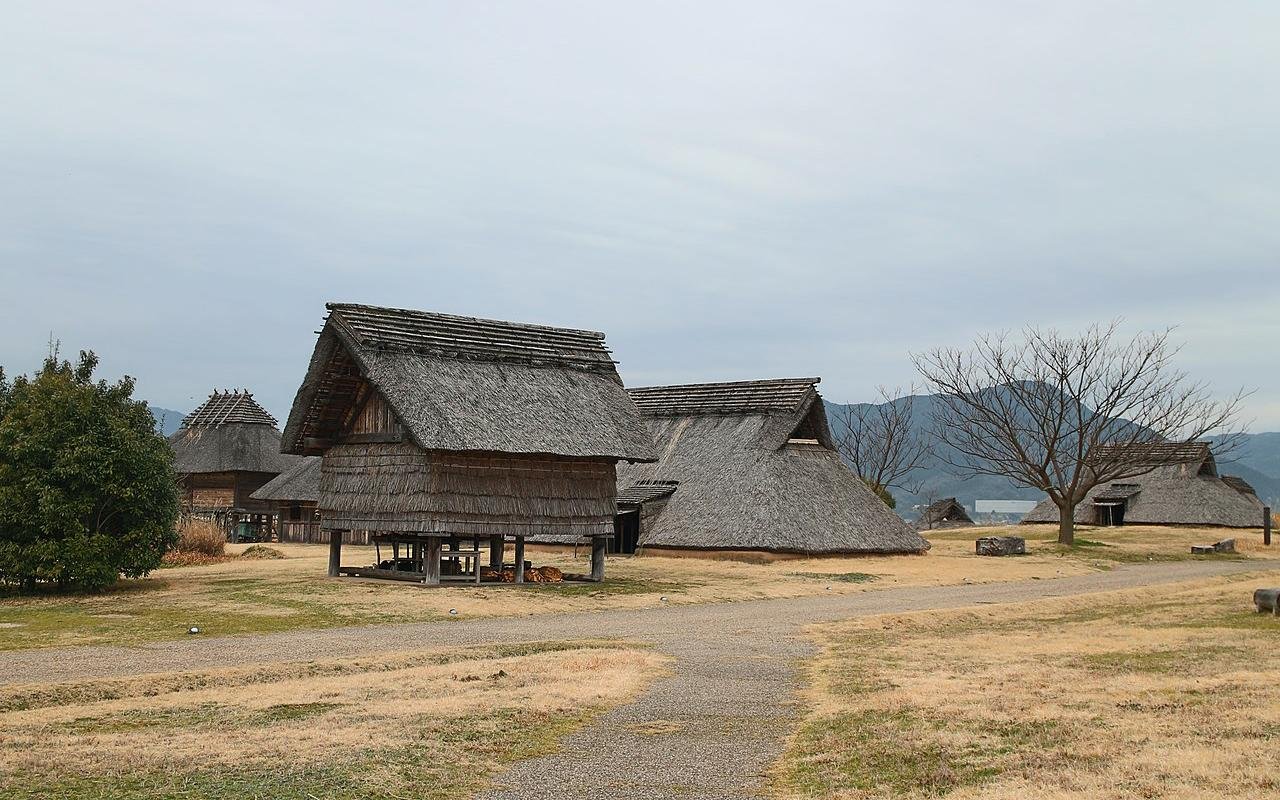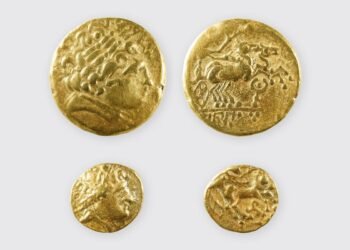The Yayoi Period, spanning from around 300 BCE to 300 CE, was a significant era in the history of Japan. Named after the Yayoi district in Tokyo where archaeological evidence was first discovered, this period marked a transition from the Jomon Period to a more advanced society characterized by the introduction of agriculture, metalworking, and social stratification.

Historical Context
Prior to the Yayoi Period, Japan was inhabited by the Jomon people who lived as hunter-gatherers. However, during the Yayoi Period, the influx of immigrants from the Asian continent brought about significant cultural and technological changes. These immigrants, believed to have come from the Korean Peninsula, introduced wet rice cultivation, bronze and iron tools, and weaving techniques to the archipelago.
Social and Cultural Developments
One of the key developments during the Yayoi Period was the shift from a predominantly egalitarian society to one with increasing social stratification. As agriculture became more prevalent, communities began to settle in permanent villages, leading to the emergence of social classes based on wealth and power. This shift laid the foundation for the later development of a centralized state in Japan.

The Yayoi people also developed a distinct pottery style characterized by the use of a potter’s wheel and the introduction of new firing techniques. Yayoi pottery was often decorated with intricate patterns and motifs, reflecting the growing artistic sensibilities of the period.
Technological Advancements
The adoption of wet rice cultivation revolutionized agriculture in Japan during the Yayoi Period. This new method allowed for higher crop yields and a more reliable food supply, leading to population growth and increased stability. The cultivation of rice also brought about changes in land use, as paddy fields required careful irrigation and maintenance.
Metalworking techniques, particularly the use of bronze and later iron, became widespread during the Yayoi Period. The introduction of these metals led to the production of more efficient tools and weapons, transforming the way people lived and fought. This technological advancement also had a significant impact on trade, as Japan began to engage in long-distance exchanges with neighboring regions.
Interaction with Other Cultures
During the Yayoi Period, Japan experienced increased contact with other cultures in East Asia. This contact was facilitated by maritime trade routes, which allowed for the exchange of goods, ideas, and technologies. The Yayoi people adopted certain aspects of continental culture, such as bronze casting and weaving techniques, while also adapting them to suit their own needs and preferences.
Furthermore, the Yayoi Period saw the emergence of political entities known as “kuni” or regional states. These states, often led by powerful individuals or clans, engaged in both peaceful and conflictual interactions with neighboring regions. This period laid the groundwork for the future development of a centralized political system in Japan.

The Yayoi Period played a crucial role in shaping the trajectory of Japanese history. The advancements in agriculture, metalworking, and social organization set the stage for the subsequent development of the Yamato state, which eventually became the foundation of the Japanese imperial line. The cultural and technological exchanges during this period also left a lasting impact on Japanese society, influencing various aspects of art, architecture, and daily life.
The Yayoi Period marked a transformative period in the history of Japan. The introduction of agriculture, metalworking, and social stratification laid the foundation for the development of a more complex and sophisticated society. The cultural and technological exchanges during this era paved the way for future advancements and set the stage for the emergence of Japan as a distinct civilization.






















Disclaimer: This website is a science-focused magazine that welcomes both academic and non-academic audiences. Comments are written by users and may include personal opinions or unverified claims. They do not necessarily reflect the views of our editorial team or rely on scientific evidence.
Comment Policy: We kindly ask all commenters to engage respectfully. Comments that contain offensive, insulting, degrading, discriminatory, or racist content will be automatically removed.